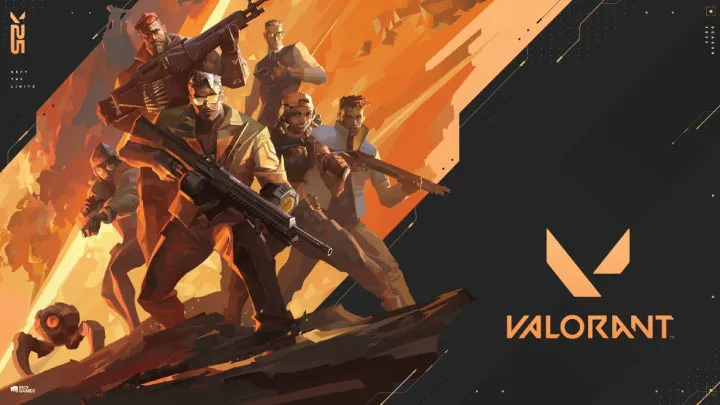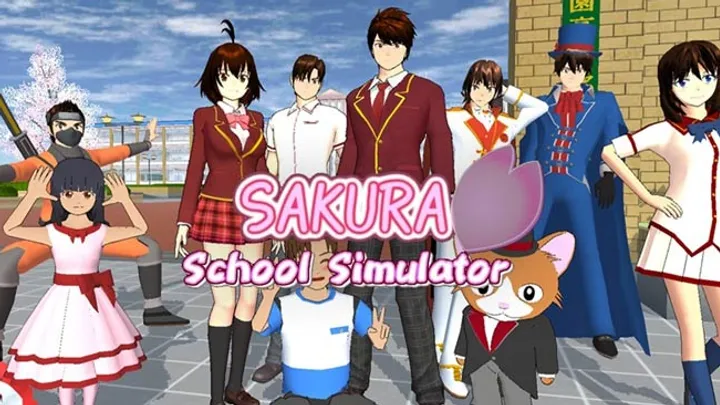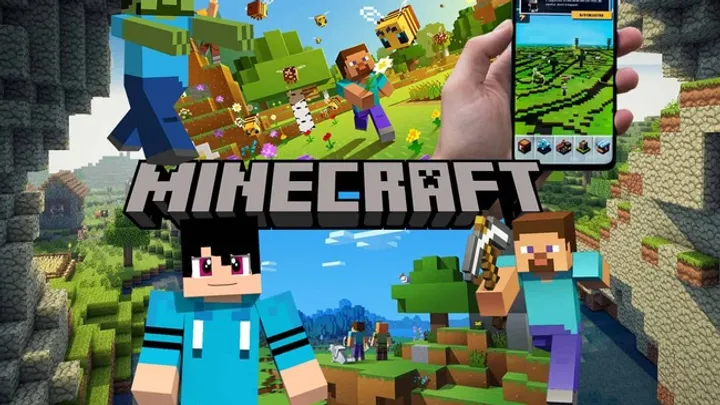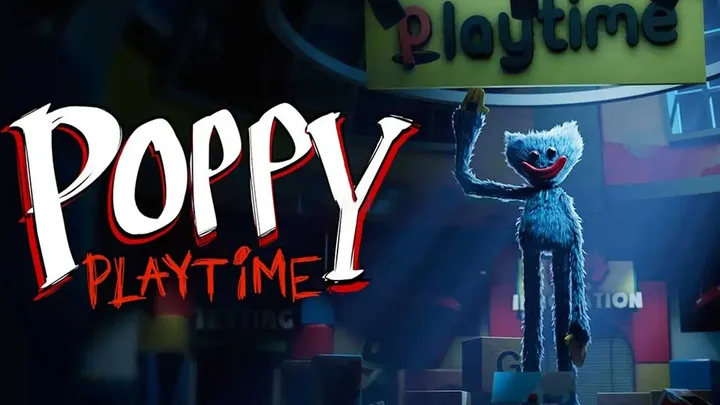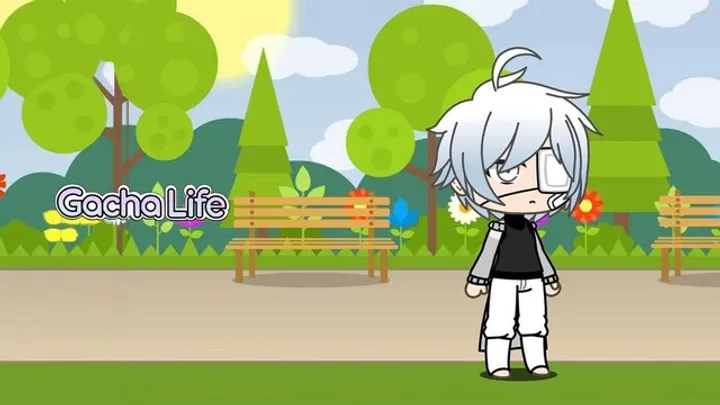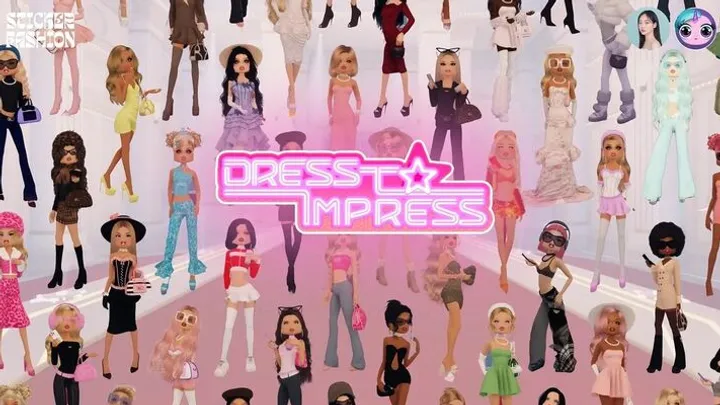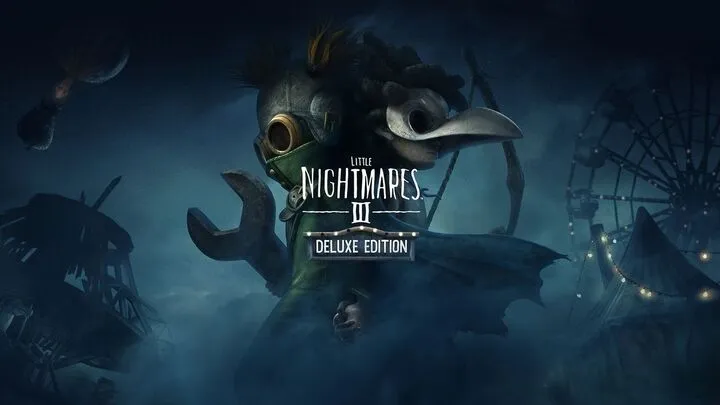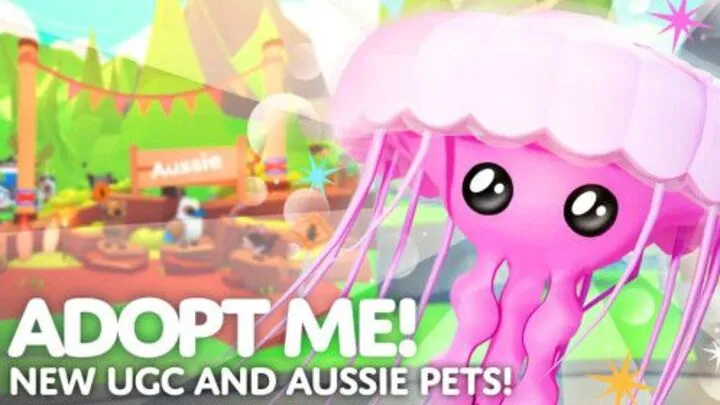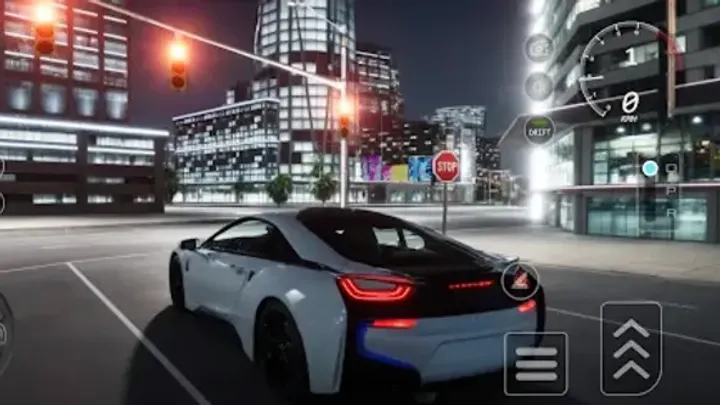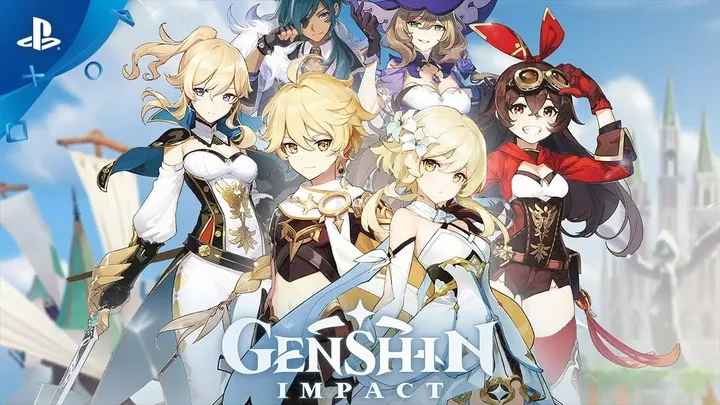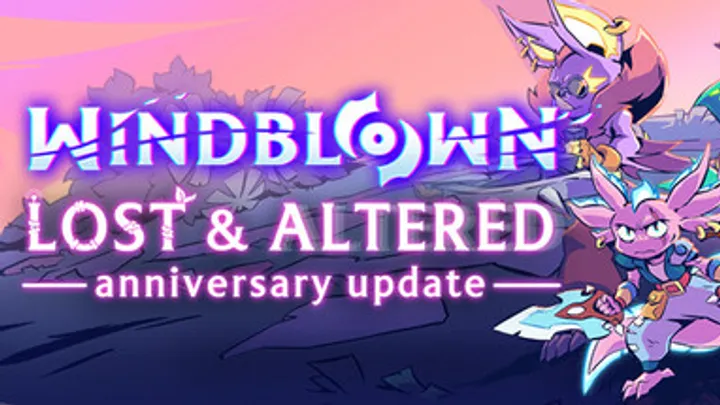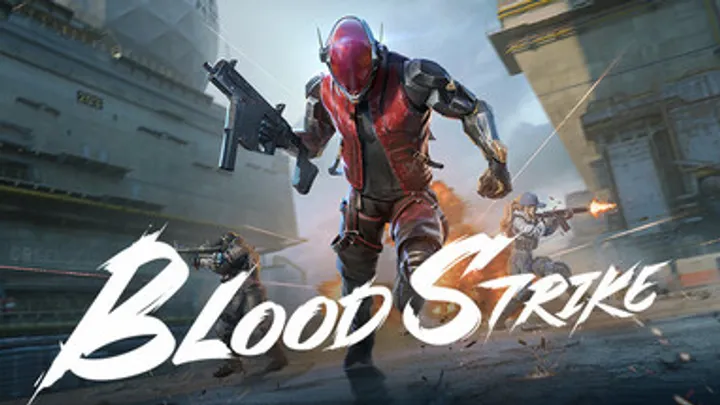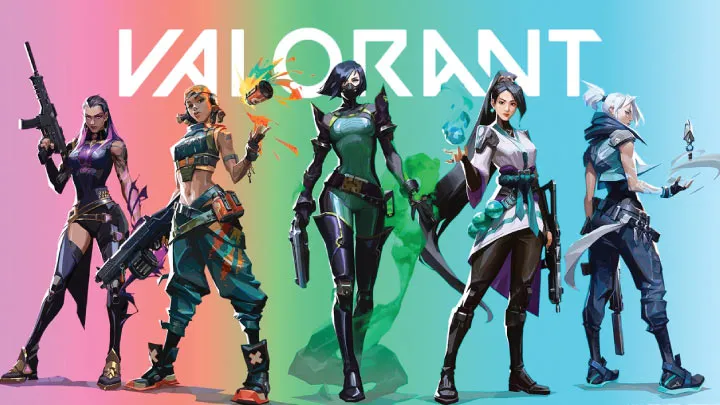
Valorant, developed by Riot Games, has rapidly become a staple in the competitive first-person shooter (FPS) genre since its release in June 2020. Combining elements of traditional tactical shooters with unique agents, each possessing special abilities, Valorant has carved out a niche that emphasizes both gunplay and strategy. One of the most significant issues in the game is the evolution of agent design and how it impacts the meta, player engagement, and overall gameplay experience. This article will explore the intricacies of agent design in Valorant, the dynamics of the evolving meta, and the implications for competitive play.
The Foundations of Agent Design
Understanding Agents and Their Roles
In Valorant, agents serve as the playable characters, each with unique abilities divided into three categories: basic abilities, signature abilities, and ultimate abilities. Agents are categorized into four primary roles: Duelists, Initiators, Controllers, and Sentinels. This classification not only defines their gameplay mechanics but also influences team compositions and strategies.
- Duelists: These agents, such as Jett and Reyna, excel at taking fights and securing kills. They are designed for aggressive playstyles and often lead the charge in engagements.
- Initiators: Agents like Sova and Breach focus on creating opportunities for their team. Their abilities are geared towards gathering information and disrupting enemy positions.
- Controllers: Characters such as Brimstone and Viper specialize in area denial and map control. Their abilities allow teams to manipulate the battlefield and control sightlines.
- Sentinels: Agents like Sage and Cypher provide support and defensive capabilities. They are crucial for holding sites and protecting teammates.
This diverse roster encourages strategic depth and team synergy, as players must consider both individual and collective strengths when selecting agents.
The Impact of Lore on Agent Design
Riot Games has infused Valorant's agents with rich backstories and lore, creating a compelling narrative that enhances player engagement. Each agent's abilities often reflect their personal history, culture, and motivations. For instance, Phoenix, a Duelist, embodies themes of fire and rebirth, while Sage, a Sentinel, draws on elements of healing and protection.
The lore not only adds depth to the characters but also allows players to form emotional connections with their chosen agents. This connection can influence gameplay preferences, as players may be more inclined to master agents that resonate with their personal identities or playstyles.
The Evolution of Agent Design
Early Agents and Their Influence
At launch, Valorant featured a roster of 11 agents, each designed with specific roles and abilities. Early agents like Sage and Cypher quickly gained popularity due to their utility and impact on gameplay. Sage's ability to revive teammates and heal them made her an essential pick for maintaining team viability, while Cypher's surveillance capabilities allowed teams to gather crucial information.
The initial meta largely revolved around these early agents, as players quickly recognized the value of utility in securing victories. This dynamic encouraged teams to prioritize compositions that maximized their strengths while addressing potential weaknesses.
Introduction of New Agents
As Valorant expanded, Riot introduced new agents, each with unique abilities that influenced the meta. For example, the introduction of Raze as a Duelist added explosive capabilities, bringing a more aggressive playstyle to the game. Raze’s grenades and ultimate ability, Showstopper, provided teams with powerful tools for securing kills and disrupting enemy formations.
The addition of new agents often led to shifts in the meta, as players adapted their strategies to incorporate the latest abilities. This constant evolution kept the gameplay fresh and encouraged players to experiment with different team compositions.
The Dynamics of the Meta
Understanding the Meta
The meta in Valorant refers to the prevailing strategies, agent selections, and gameplay styles that dominate competitive play. As the game evolves, so too does the meta, influenced by balance changes, new agent releases, and shifts in player preferences. Understanding the meta is crucial for players seeking to improve their performance and succeed in matches.
The meta is not static; it evolves over time as players discover new strategies and combinations. This dynamic nature encourages adaptability, as players must stay informed about the latest trends and adjust their playstyles accordingly.
The Role of Balance Changes
Riot Games frequently implements balance changes to ensure that no single agent or strategy becomes overly dominant. These changes may include adjustments to agent abilities, weapon stats, and map design. For instance, if a particular agent consistently outperforms others, Riot may nerf their abilities to restore balance within the competitive scene.
Balance changes can significantly impact the meta, leading to shifts in agent viability and team compositions. Players must remain vigilant to adapt their strategies and selections based on these changes, fostering a culture of continuous improvement.
The Importance of Team Composition
Building Effective Compositions
In Valorant, team composition plays a vital role in determining success. A well-rounded team typically includes a balance of roles, allowing for a versatile approach to engagements. Teams that prioritize synergy between agents can capitalize on their abilities to execute strategies effectively.
For example, a composition featuring a Duelist, an Initiator, a Controller, and a Sentinel can create a well-rounded team capable of both offensive and defensive maneuvers. The Duelist can lead the charge, while the Initiator creates openings, the Controller manages map control, and the Sentinel provides support.
The Impact of Communication
Effective communication is essential for executing team strategies and maximizing agent synergy. Players must share information about enemy positions, cooldowns, and strategies to coordinate their actions effectively. The game's built-in voice chat and ping system facilitate communication, allowing players to communicate without interrupting gameplay.
Teams that excel in communication can adapt their strategies in real-time, responding to enemy movements and adjusting their tactics accordingly. This adaptability is crucial for success, as the fluid nature of Valorant matches often requires quick decision-making.
The Role of Professional Play
The Influence of Esports on the Meta
The competitive scene of Valorant has a significant impact on the game's meta. Professional players showcase their skills and strategies during tournaments, influencing how the broader community approaches agent selection and gameplay.
Top-tier teams often experiment with unique compositions and strategies, and their successes can lead to shifts in the meta. For instance, if a professional team finds success with a specific agent combination, it may inspire casual players to adopt similar strategies, creating a ripple effect throughout the community.
The Importance of Professional Insights
Professional players and analysts often share insights and strategies through streams, videos, and social media. These resources provide valuable information for aspiring players looking to improve their skills. By studying gameplay from high-level matches, players can learn about optimal agent selections, map control, and game sense.
The relationship between professional play and the community is symbiotic; as players adopt strategies from the pros, the meta continues to evolve, influencing the competitive landscape of Valorant.
Challenges in Agent Design
Balancing Complexity and Accessibility
As Riot Games introduces new agents and abilities, balancing complexity and accessibility becomes a significant challenge. While intricate mechanics can add depth to gameplay, they may also deter new players who struggle to grasp the nuances of each agent.
Developers must strike a balance between creating engaging characters with unique abilities while ensuring that they remain approachable for players of all skill levels. Riot often conducts playtests and gathers feedback to refine agent designs, aiming to create characters that resonate with both casual and competitive players.
Addressing Community Feedback
The Valorant community plays a crucial role in shaping agent design and balance. Players frequently provide feedback on agent performance, suggesting adjustments or improvements to abilities. Riot Games actively engages with the community, taking player input into account when making balance changes or introducing new agents.
This responsiveness fosters a sense of ownership among players, as they feel their voices are heard and valued. However, balancing the desires of the community with the need for a fair competitive environment can be challenging, as not all feedback may align with the broader goals of game design.
The Future of Agent Design in Valorant
Anticipating New Agents and Mechanics
As Valorant continues to grow, players can anticipate the introduction of new agents and mechanics that will shape the future of gameplay. Riot Games has expressed a commitment to innovation, seeking to introduce characters that challenge traditional roles or offer novel abilities.
Potential future agents may incorporate mechanics that have yet to be explored, pushing the boundaries of gameplay. This commitment to evolution ensures that players remain engaged and excited about new content, continually refreshing the experience.
Emphasizing Community Involvement
Riot Games has increasingly involved the community in the agent design process. Initiatives like public playtests and feedback surveys allow players to contribute to the development of new characters, fostering a sense of collaboration between developers and the player base.
This community-driven approach not only generates excitement but also strengthens the bond between players and developers. As players feel a sense of investment in the game, they are more likely to engage with new content and contribute to a vibrant ecosystem.
The Cultural Impact of Valorant Agents
Agents as Cultural Icons
Over time, certain agents in Valorant have become cultural icons within the gaming community. Characters like Jett, Sage, and Phoenix have garnered significant fanbases, leading to the creation of fan art, merchandise, and community events centered around their themes.
The popularity of these agents extends beyond the game itself, as they become recognizable figures in gaming culture. Riot Games has capitalized on this cultural impact by creating skins and collaborations that celebrate beloved characters, further solidifying their status in the gaming landscape.
The Role of Esports in Shaping Iconic Agents
The competitive scene of Valorant has also contributed to the cultural significance of agents. Professional players often showcase their skills with specific characters during tournaments, influencing the perceptions of those agents among the player base. The visibility of these agents in the competitive arena can lead to increased interest and experimentation among casual players.
Events like the Valorant Champions Tour not only highlight the top players but also celebrate the agents themselves, creating a sense of pride and connection within the community.
Conclusion
The evolution of agent design in Valorant has had a profound impact on player engagement and the overall gameplay experience. The interplay between mechanics, lore, and community feedback has shaped a dynamic environment that continues to captivate players worldwide.
